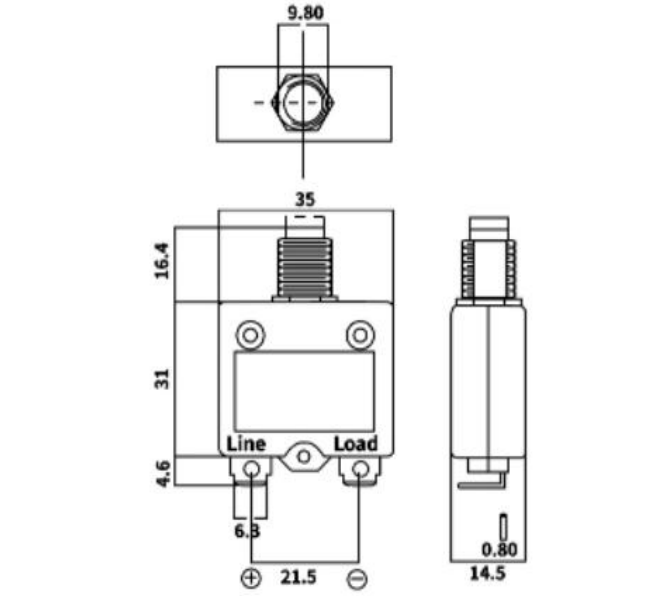The Advantages of Butyl Rubber Roof Sealant
When it comes to protecting your home or commercial building, the roof is one of the most critical components. An effective roof not only shields against the elements but also enhances energy efficiency and prolongs the lifespan of the structure. Among the numerous roofing sealants available in the market, butyl rubber roof sealant has gained popularity for its unique properties and versatile application.
Butyl rubber is a synthetic rubber known for its outstanding adhesive qualities and resilience. It is produced through the polymerization of isobutylene with a small amount of isoprene. As a sealant, it offers several advantages that make it a preferred choice for roofing applications.
Excellent Adhesion and Flexibility
One of the most significant benefits of butyl rubber roof sealant is its excellent adhesion to various substrates. Whether it’s asphalt, metal, or concrete, butyl rubber creates a strong bond that resists peeling and separation. This feature is particularly important in areas exposed to extreme weather conditions, such as rain, snow, and UV radiation, where an effective seal is crucial to preventing leaks and water damage.
Furthermore, butyl rubber is highly flexible, allowing it to accommodate the natural expansion and contraction of roofing materials. Temperature fluctuations can cause roofs to shift and move; thus, a sealant that can stretch and compress without losing its integrity is essential for a long-lasting solution. Butyl rubber’s ability to maintain its elasticity over time ensures that the seal remains effective, even under significant structural movement.
Durability and Longevity
Another advantage of butyl rubber roof sealant is its durability
. This type of sealant is not only resistant to moisture but also to harsh environmental conditions, including high temperatures and potential chemical exposure. Its formulation provides excellent protection against aging, ensuring that it maintains its performance for many years without significant deterioration.butyl rubber roof sealant

Butyl rubber sealants have a long lifespan, often lasting over 20 years when properly applied. This longevity reduces the need for frequent maintenance and reapplication, saving building owners both time and money in the long run.
Easy Application
In addition to its performance characteristics, butyl rubber roof sealant is relatively easy to apply. It can be used in a variety of forms, including tapes, caulking, and liquid sealants, making it suitable for both small repairs and large-scale applications. Users can apply it manually with a caulking gun or use a trowel for larger surfaces, providing flexibility in application methods.
Moreover, butyl rubber does not require extensive surface preparation, unlike some other sealants that demand meticulous cleaning and priming. This feature makes it an attractive option for DIY enthusiasts and professionals alike.
Environmentally Friendly Option
Finally, as environmental concerns grow, butyl rubber sealants present a more eco-friendly choice compared to many traditional alternatives. Many formulations are low in volatile organic compounds (VOCs), making them safer for indoor applications and healthier for the environment.
In conclusion, butyl rubber roof sealant stands out as a robust, flexible, and durable solution for roofing needs. Its excellent adhesion properties, durability, ease of application, and environmental friendliness make it a reliable choice for anyone looking to protect and maintain their roofs. Whether you are a homeowner undertaking a DIY project or a professional contractor, butyl rubber roof sealant should be on your list of top choices for roofing maintenance and repair. With its many advantages, this sealant can help ensure that your roof remains watertight and secure for many years to come.
-
XIANGFAN Rubber Tape-Ultimate Solutions for All Your Insulation NeedsNewsJun.24,2025
-
XIANGFAN Rubber Tape-Protection for Industrial and Residential ApplicationsNewsJun.24,2025
-
XIANGFAN Rubber Tape: Superior Safety and Sealing for Demanding EnvironmentsNewsJun.24,2025
-
XIANGFAN Rubber Tape: Reliable Solutions for Every Electrical ChallengeNewsJun.24,2025
-
XIANGFAN Electrical & Industrial Tape: Powering Reliability Across IndustriesNewsJun.24,2025
-
XIANGFAN Electrical & Industrial Tape: Excellence in Every ApplicationNewsJun.24,2025
